Seventeen years in professional hockey.
Sixteen seasons in the NHL with the Los Angeles Kings, Vegas Golden Knights, and Chicago Blackhawks.
A three-time Stanley Cup champion known for scoring the double-overtime winner off a rebound in Game 5 of the 2014 finals.

Defenseman Alec Martinez had a long, successful run in the NHL. But as he played to victory, he couldn’t avoid getting injured on the ice.
After years of hard hits, Martinez felt like medicine wasn’t enough (and, at the same time, he had too many prescriptions that didn’t get the job done). He started looking into other recovery methods, and created an approach that could keep him in the game — and even extend his career beyond the typical NHL span.
Wellness professionals who help athletes heal can learn a lot from what he did.
A career on thin ice
When the 2021 season started, Martinez got kicked in the face with a skate — it could have ended his career.
He got 100 stitches, down to the skull. And the skate did more damage than that.
It also severed a cranial nerve, sending his autonomic nervous system “into a tailspin.” It affected his heart rhythm and cortisol levels, and led to chronic vestibular migraines that affected his vision and balance.
Martinez had already played longer than the typical NHL player. But he wanted to press on. To keep going, he needed to find an effective, sustainable intervention.
Traditional medical approaches helped a little, but not enough. The medications brought on significant side effects, too. Doctors couldn’t offer a full solution for any of his issues.
The healing power of a full-body plunge
Martinez took matters into his own hands, determined to figure out how he could regulate his nervous system without relying on medication.
“I got to the point where I’m like, all right, I’ve got all of these prescription drugs, and I can’t stand to just throw another prescription drug at this thing,” he recalls. “And I asked myself, ‘What can I do lifestyle-wise to help myself?’”
He found out that routine, full-body cold plunging sessions (and other complementary practices) were the ticket.

He wasn’t a stranger to cold therapy during his hockey career — he’d go waist-deep in cold baths — but this was more disciplined.
He did extensive research and testing to find what worked for him: “I was willing to try anything, even if it meant jumping in a bucket full of 40-degree water for three minutes at a time every single day in order to feel better.”
Martinez developed his own recovery protocol through a four-step process. And even though all athletes have different needs, the way he got there can be a great guide for wellness professionals and athletes themselves.
Step 1: Research and understand the science behind treatments
Homework comes first, before you try any treatment.
This means you need to read all about the best practices and any benefits you can expect from a new treatment. You should also talk to medical professionals who know about the specific conditions you’re trying to solve. That way, you know what you’re doing is safe and effective.
Martinez listened to podcasts from Dr. Susanna Søberg, Dr. Andrew Huberman, and Dr. Peter Attia, and he spoke to his neurosurgeon. He researched inflammation reduction and cold therapy’s connection to migraines, which were two of his main problems. “I’ve always been someone who likes to do their research,” he shares. “I’ve always liked to learn. I like to read. I like to go down those rabbit holes.”
Step 2: Evaluate options based on needs and constraints
After doing your research, you need to think about space and technical requirements.
Martinez started looking for equipment with several needs in mind. He wanted reliable temperature control, and a cold plunge that could fit in his Michigan home.
He also tested setups at NHL facilities and tried his teammates’ equipment. That’s how he learned that positioning was very important to him: “I liked being upright much more than lying down. When I’m trying to accomplish what I’m trying to accomplish in a cold tub, lying down doesn’t feel right. It makes me feel like I should be relaxing, and cold plunging shouldn’t be relaxing.”
Through trial, experience, and keeping his needs in mind, he landed on the right equipment: Nordic Wave’s Viking cold plunge, which offered an upright design that met his space requirements.

Step 3: Develop a consistent routine
No one benefits from intermittent use when it comes to recovery. Create realistic routines, with backup plans for when the ideal setup isn’t available.
Martinez established a routine that he performed religiously. Following every practice and game, he fully immersed himself in a cold plunge tub, adjusting the duration based on the game.
No excuses for missing a day — when he didn’t have the right equipment on the road, he took a cold shower.
Step 4: Integrate complementary recovery practices
If you add other recovery methods, you can support and even enhance the results of your recovery routine.
Consider things like:
- Breathwork
- Red light therapy
- PEMF (pulsed electromagnetic field) therapy
- Contrast therapy with sauna
- Structured stretching routines
- Pneumatic compression boots
- Targeted supplements
Martinez took advantage of all of these options. They collectively address the same recovery elements as cold plunging — inflammation, circulation, and muscle care — but do it in ways that aren’t temperature-related.
Taking control of his next chapter
Martinez’s recovery protocol has helped him fight even his most severe symptoms, including migraines (which was better for vision, balance, and overall performance).
“I strongly believe that the money I spent on my gym and equipment added years to my money-making years,” he says. “You obviously have to put in the work, but that allowed me to put in the work.”
Even in retirement, Martinez continues to treat cold therapy as essential daily medicine. Every morning, he fully immerses himself in a 45–50 degree tub for three minutes.
“I view it like any other medicine I take in the morning,” he shares. “I take my supplements in the morning, and instead of pulling another pill out of a bottle, I hop in the cold tub.”

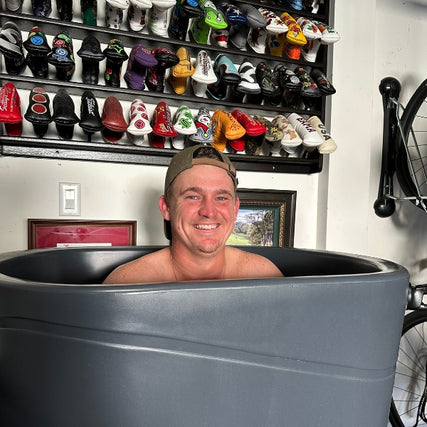
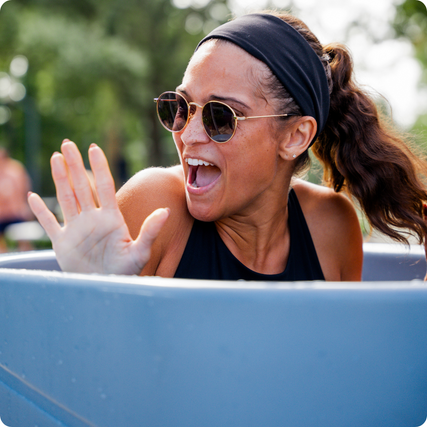
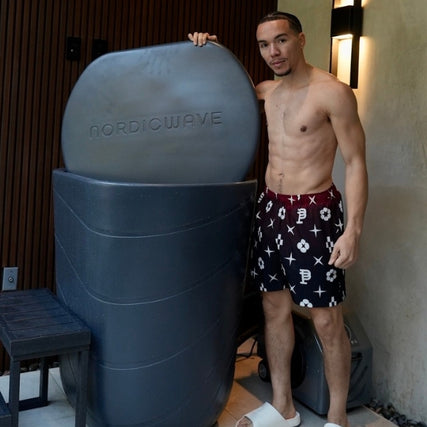
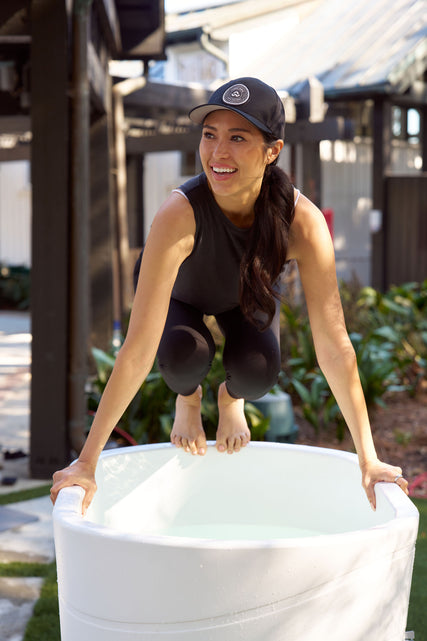
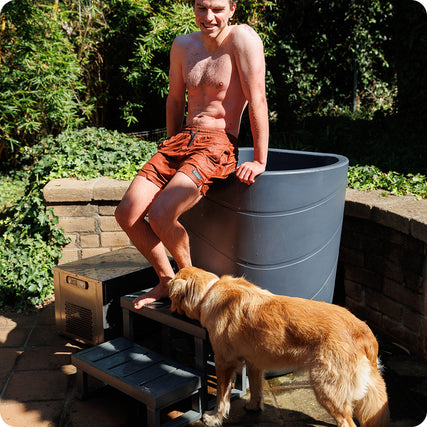
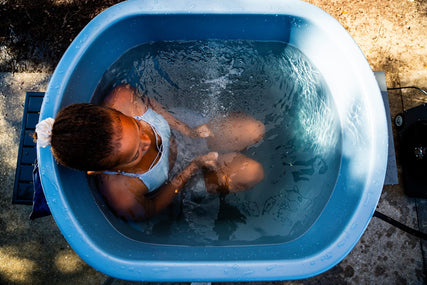
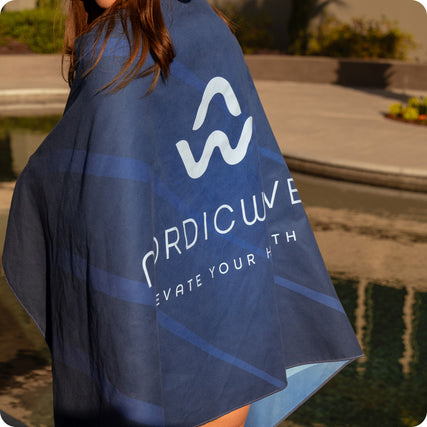
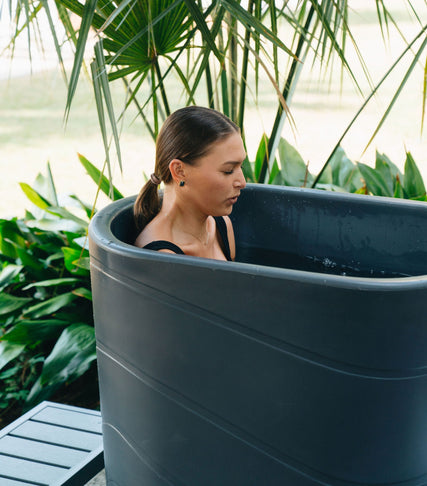
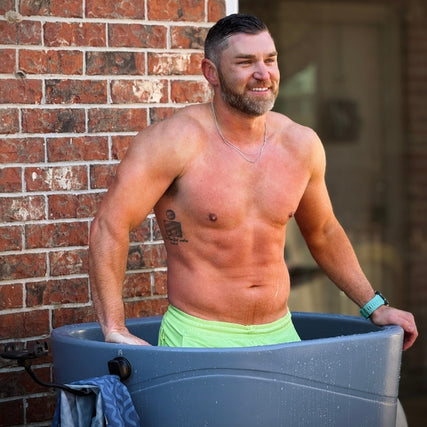
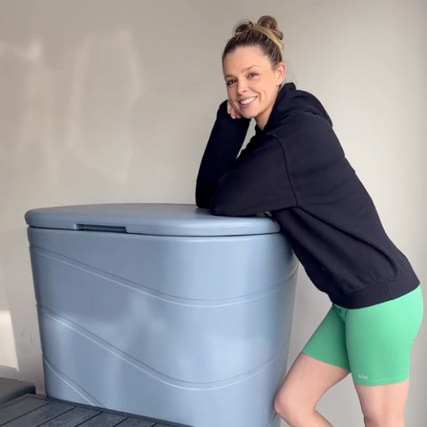
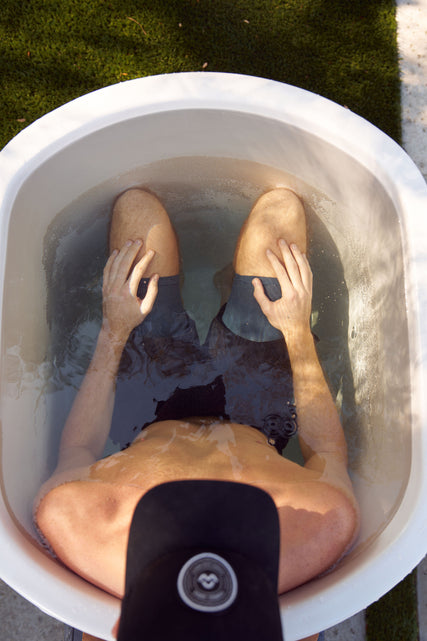
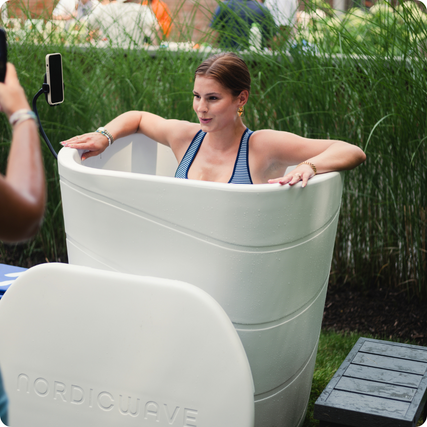
Share:
Your HSA/FSA Just Got Way More Useful
Which Viking Cold Plunge Is Right for You?